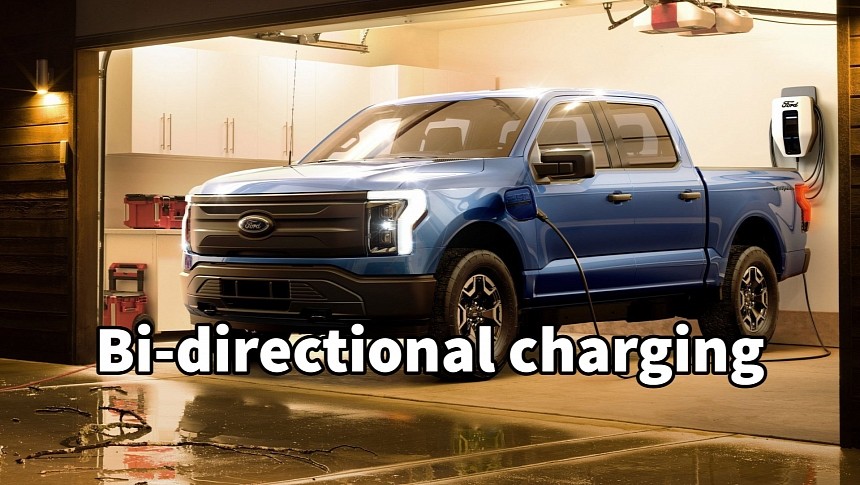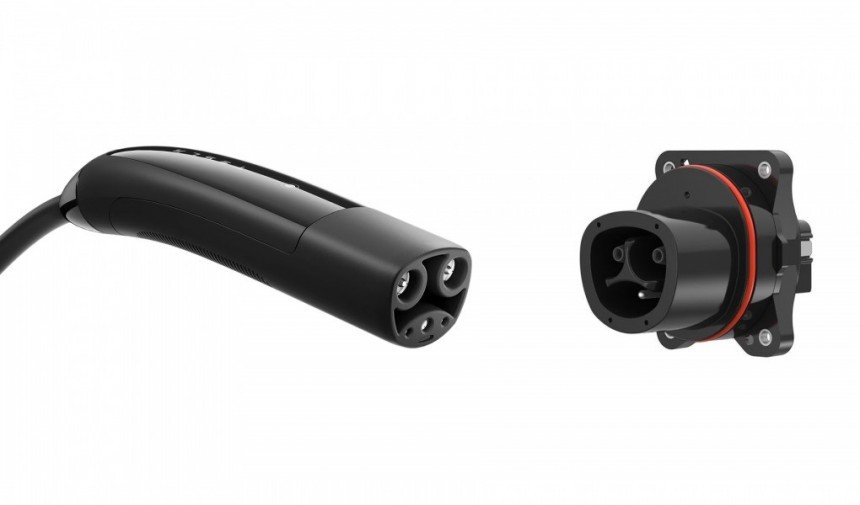All carmakers that announced plans to adopt North American Charging Standard also promote bi-directional charging for their EVs, which Tesla doesn't support yet. Either the deal involves offering this feature in the future, or the users will have to live without it.
In the past years, blackouts caused by bad weather have become a common occurrence. That's why vehicles that promise to function as backup power sources have become popular. Many EV models offer bi-directional charging capabilities, meaning that they can not only use electricity to charge but also send it back to power external devices or even homes. These capabilities are named Vehicle-to-Load (V2L), Vehicle-to-Home (V2H), or Vehicle-to-Grid (V2G), depending on their characteristics.
Most electric vehicles, with the notable exception of Teslas, can provide power to external devices in the simpler V2L form. This means they can power lights and home appliances, but nothing too powerful. The more advanced V2H capability is less popular with carmakers. The Ford F-150 Lightning can power the house when used with the Ford Charge Station Pro. As far as I know, only the Nissan Leaf features V2G capabilities. Other carmakers are working to offer or expand these features, with Rivian promising V2H features in the future and Volkswagen and GM promising V2L.
Some of these carmakers have announced adopting Tesla's NACS standard in the past weeks. This means that unless Tesla steps up its bi-directional charging game, they will have to give up offering the feature to their customers. It's a tough choice that freshly converted NACS carmakers had to make before taking the plunge. Or, there's a possibility that Tesla promised them bi-directional charging support in the future.
Currently, Tesla doesn't offer this feature, although it said that NACS could support bi-directional charging in theory. Asked during March 1 Investor Day about bi-directional charging, Drew Baglino, Tesla's VP of Powertrain and Energy Engineering, offered some hope. Baglino admitted that this wasn't a priority for Tesla, but it could offer it within the next two years. Still, Elon Musk, speaking immediately after Baglino, was skeptical that people would want to use bi-directional charging.
Tesla has been reluctant to offer this feature, and many believe the reason was not as selfless as Baglino implied. Tesla also sells Powerwall home energy storage systems, and offering V2G or V2H on its EVs would hurt its Energy business. Somehow, I side with Elon Musk on this, as the Powerwall is a much better solution as backup power. When the batteries wear out, it's also easier (and cheaper) to replace a Powerwall battery than your car.
Still, V2H can prove a life-saving feature in emergencies, helping keep the lights on for hours or even days when the grid is down. That's why stories about how a Ford F-150 Lightning saved the day during an earthquake are inspiring and make more people want to have a V2H-capable vehicle. It's interesting to see how switching to NACS will affect bi-directional charging capabilities for Ford, GM, and Rivian vehicles.
Most electric vehicles, with the notable exception of Teslas, can provide power to external devices in the simpler V2L form. This means they can power lights and home appliances, but nothing too powerful. The more advanced V2H capability is less popular with carmakers. The Ford F-150 Lightning can power the house when used with the Ford Charge Station Pro. As far as I know, only the Nissan Leaf features V2G capabilities. Other carmakers are working to offer or expand these features, with Rivian promising V2H features in the future and Volkswagen and GM promising V2L.
Some of these carmakers have announced adopting Tesla's NACS standard in the past weeks. This means that unless Tesla steps up its bi-directional charging game, they will have to give up offering the feature to their customers. It's a tough choice that freshly converted NACS carmakers had to make before taking the plunge. Or, there's a possibility that Tesla promised them bi-directional charging support in the future.
Tesla has been reluctant to offer this feature, and many believe the reason was not as selfless as Baglino implied. Tesla also sells Powerwall home energy storage systems, and offering V2G or V2H on its EVs would hurt its Energy business. Somehow, I side with Elon Musk on this, as the Powerwall is a much better solution as backup power. When the batteries wear out, it's also easier (and cheaper) to replace a Powerwall battery than your car.
Still, V2H can prove a life-saving feature in emergencies, helping keep the lights on for hours or even days when the grid is down. That's why stories about how a Ford F-150 Lightning saved the day during an earthquake are inspiring and make more people want to have a V2H-capable vehicle. It's interesting to see how switching to NACS will affect bi-directional charging capabilities for Ford, GM, and Rivian vehicles.









